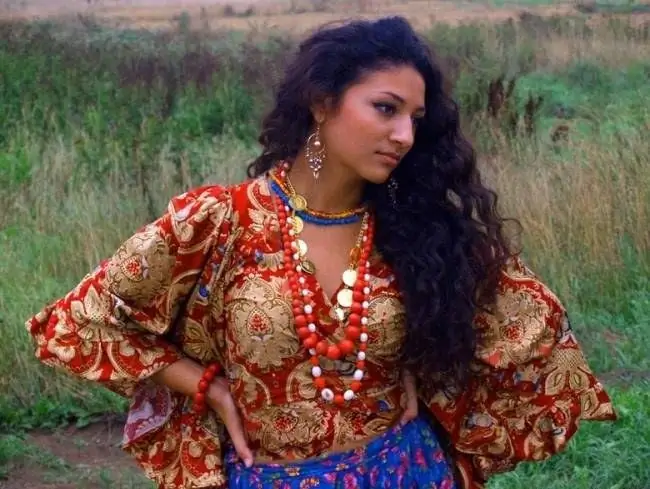- Author Nora Macey [email protected].
- Public 2023-12-16 10:17.
- Last modified 2025-01-23 08:48.
The word "bohemia" breathes with something attractive and a little forbidden, something outside the usual life, high and mysterious. In fact, the origin of this term is not all that poetic.

Origin of the term
The very word "bohemia" comes from the French, bohéme which means "gypsy", and it was by no means respectful. People of predominantly creative professions - artists, actors, musicians - were called Bohemia. Having not yet won fame, always poor and unsettled, they were forced to settle in poor gypsy quarters and, like the gypsies, they led a nomadic life, did not have a stable job and housing.
Among them there were freer morals, a lighter attitude towards property (which, in fact, they did not have) than was accepted in their contemporary bourgeois society. And they had no choice but to build their way of life into a cult, to make it an alternative to the measured and orderly existence to which the inhabitants are accustomed.
Soviet bohemia
In the Soviet world, the term "bohemia" began to be associated with something akin to "high society", which was quite natural. Representatives of creative professions had more opportunities for movement, for communication, not only within the framework of the world behind the Iron Curtain. They personified for the Soviet person the spirit of freedom and everything that is inaccessible to an ordinary person.
There were also representatives of another "bohemia" in Soviet times. This is the famous "generation of janitors and watchmen", praised by B. Grebenshchikov. Mitki, musicians-rockers, poets who did not fit into the Soviet reality, left society, not wanting to live according to its laws, became a kind of "downshifters" of the Soviet era.
Modern bohemian style
Much has changed in the modern world, and bohemian protest is sometimes expressed only externally. On the west coast of the United States, in California, a new bohemian style was born, or, as it is also called, the boho style. Nowadays, boho-style clothing is one of the most relevant trends in the fashion industry. Rich and very rich people, imitating the gypsies, put on colorful floor-length skirts, adorn themselves with bracelets and beads, as a rule, handmade by the author. Bohemian chic models walk the catwalk, evoking mixed feelings of admiration and rejection: too unusual, too bright, too many details, seemingly inconsistent with each other.
However, the bohemian style quickly ceases to be the lot of the rich and famous, confidently winning the hearts of the "middle class". Bijouterie, handmade lace, handbags and other accessories are not uncommon in the clothes of an ordinary modern woman. Its popularity can be easily explained: as before, the boho style allows you to go beyond the usual, diversify your wardrobe and everyday life, add a touch of individuality to it, make it a little brighter and more extravagant.






